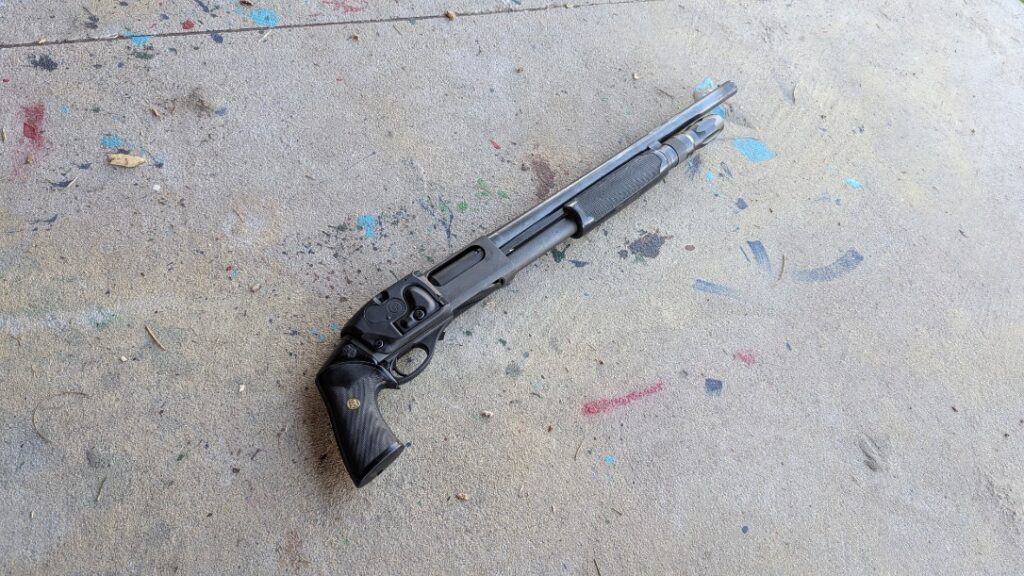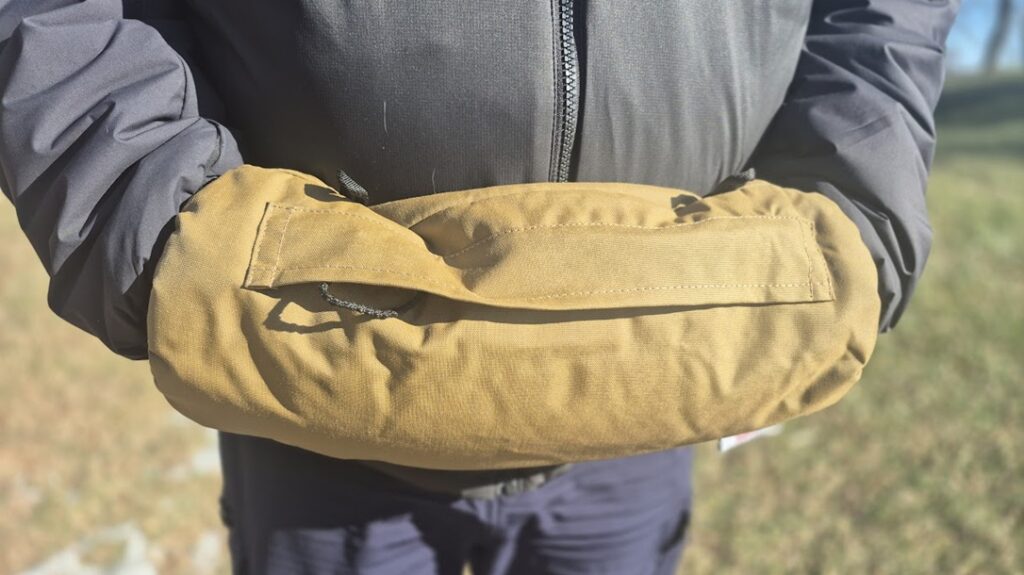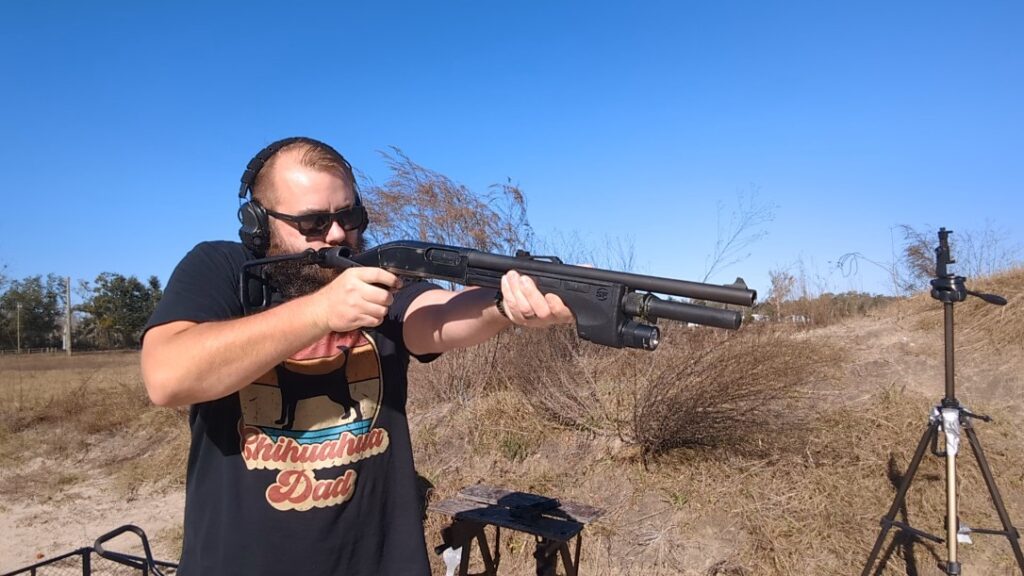The Colt Model 6700/AR-15A4, a civilian legal semi-auto only version of the M-16A4. This particular rifle is paired with the excellent Steiner M8Xi Dual-Plane 1-8x LPVO with the Plumb Reticle.
The M-16A4, the last of the full-size 20-inch M-16 5.56mm NATO M-16 variants and the one synonymous with the GWOT (The Global War On Terror) is starting to show up in the current Ukraine-Russia conflict. Honestly, it is not surprising to see a proper western rifle showing up on the front lines in Ukraine considering the plethora of military aid Ukraine has been receiving since the start of the conflict nearly a year ago.
Advertisement — Continue Reading Below
The Mattel Rifle
The AR-15 family of weapons including the M-16 rifle is soon approaching its 60th year since its original debut. At that time, the design and material used in its implementation were a radical shift from that which gunmakers commonly used. Wood and steel were replaced with modern plastics and aircraft grade aluminum (leaving steel only for the most critical stress bearing parts of the rifle). The cartridge developed to accompany these new rifles was also radically different from its contemporary counterparts. The smaller rounds for the new rifle had a mass that was 66% percent lighter while traveling at warp-speed out of full-size barrels. Due to the fact that these rounds and cartridges were smaller and weighed less, soldiers could nearly triple their combat loads of ammunition as well. The adoption of the M-16 and its 5.56mm cartridge caused a military-arms paradigm shift. Eventually, every professional army moved to adopt modern rifles chambered with small caliber high velocity cartridges, often times the 5.56mm NATO itself. The Soviets themselves followed suit by essentially re-barreling their 7.62x39mm AKs into 5.45x39mm AK-74s.
While there are efforts and committees looking at moving beyond the classic AR-15 direct impingement protocol and its classic 5.56mm NATO cartridges, both are known entities in the world of small arms. Truthfully neither will be going away any time soon, just like the cornucopia of AK/RPK 47s, 74s, PKMs, SVDs, and even Mosins we see in Ukraine.
The Musket Still Abides
Even though the M-4 carbine has nearly replaced the M-16 rifle wholesale amongst Western militaries (as the former comes standard with a shorter barrel and a telescoping stock and easier to lug around, especially around structures and vehicles), a full size M-16 rifle is nothing to sneeze at either. The United States Marine Corps was the last branch of the American Armed Forces that used the M-16A4 in Iraq and Afghanistan until the early 2010s.
Advertisement — Continue Reading Below
The biggest benefit of the full-size M-16 is that its 20-inch barrel lets 5.56mm ammunition develop peak velocities increasing this rifle’s effective range past 600 meters. Full size rifles also benefit from having a longer rifle-length direct impingement gas system which is smoother operating and places less stress on all springs and moving parts in the action. Moreover, the recoil impulse from a rifle-length AR-15 gas system provides for the most comfortable softest shooting experience. The biggest drawback of the M-16A4 is its fixed stock which is fairly long, especially for a military rifle. This stock has a length of pull of fourteen inches and besides making the weapon somewhat cumbersome, it makes the rifle harder to handle for people of short stature or who are wearing military kit. That said, assuming there are plenty of magazines and ammunition, it’s probably still a better choice than an old AK-74. The flat-top Picatinny railed upper receiver that’s standard on the M-16A4 makes it extremely convenient to mount any type of optic: red dots, LPVOs, ACOGs, traditional riflescope, etc. It is a safe bet to assume that soldiers and irregulars in Ukraine will make the most out of this versatility.















